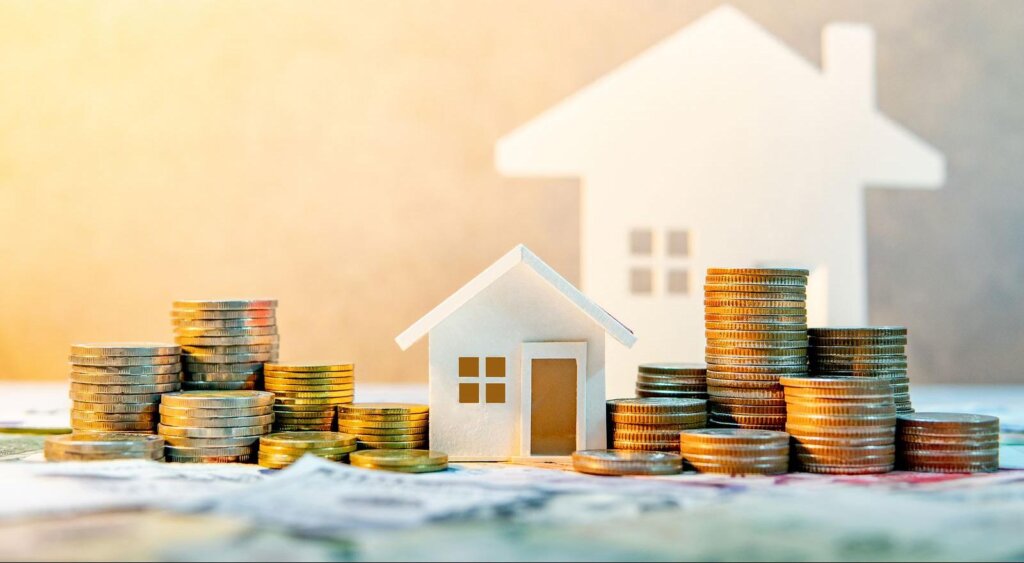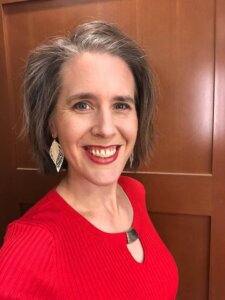
What is the purpose of your investing? Is it cashflow, or is it wealth accumulation? Defining your investment goals and objectives will help you tailor your real estate search to align with your financial strategy and long-term plans.
This may depend on what part of your earning cycle you are in. If you are a new/young worker, your primary goal is to build up assets that can feed you down the road.
Growing wealth is a lot like planting an orchard (yes, I am a gardening enthusiast). It requires patience, careful nurturing, and strategic planning to ensure a bountiful harvest in the future. In the same way that different trees bear fruit at different times, various investment strategies in Kent’s real estate market can yield varying returns over time.
You have to plant the tree now, knowing that it may not bear fruit for 3-7 years. I have over 20 different apple varieties in my yard, I should know. Patience is not always easy.
In growing wealth, the MORE you put in, and the LONGER you leave it in there, the more you will end up with down the road. #CompoundInterest
You have to play with the ingredients of the formula to optimize it for your situation.
You can control 3 Things:
- MONEY INVESTED
- TIME INVESTED
- RATE OF RETURN
Let’s look at each of these in turn:
- Money Invested – this has to do with your savings rate. How much can you earn, and how much can you save. Ideally you’d be earning a lot and living like a pauper. This is hard for many people to do, given lifestyle creep. As you start earning more, you want to live higher-on-the-hog. You have to balance this. Personally, my husband and I chose to live very cheaply until we had kids. I’m talking date night = Netflix and Hamburger helper. I would make a chocolate cake almost every week, too, but that’s a different story.
Then, we loosened up the purse strings a little bit when we had kids to allow the precious little blessings to go to camps, travel with the family, eat at Chipotle, and go to private school.
We also kept building skills and changed employers along the way to earn more money. Increased earnings during your 30’s and 40’s can be very powerful if you increase your savings more than your spending during this period.
2) Time Invested – This is where our old friend Delayed Gratification rears its “so-ugly-only-a-mother-could-love-it” head. Yes, delayed gratification is that friend we love to hate. It means, you get the good thing down the road, you don’t get it now. The longer you are willing to wait to eat your marshmallows, the more you get.
If you can wait to retire until you’re older, you’ll have more wealth when you get there.
You have to balance this to see what will work best for your situation – are you going to sell your cars and bike around Thailand living on $30,000/year? You can do this even if you retire earlier in life.
Are you going to travel to Europe every summer, and Hawaii every winter – and take the family with you? You will need more of a nest egg to make this happen.
Personally – we are trying to take a balanced approach to our lifestyle design. We want our lives to get a little better and a little nicer every year. For us, that meant maximizing our savings rate when we were younger, and moderating it while we have kids. We’ll probably save more while we’re empty-nesting and begin to travel and enjoy some extravagant outings in our last few years of work – tasting the fruit of “good times” before we have fully retired.
When you are older, you are usually in your highest-earning years. So retiring is more costly. Your savings are less consequential at this time since they have less time to compound. Your 50’s are a time to enjoy life and not be afraid to spend a little more, if you’ve been diligent with your savings and investing in your younger years.
3) Rate of Return – When you are looking at WHERE to invest, consider both rate of return, risk, and time/energy needed to get the rates you are seeking. When I was young, single, and full of energy, I invested in real estate by buying houses on terms (owner financing) which required little cash, but a lot of time talking with “motivated sellers” to see if they would like me to take over their payments on their houses. It worked well, and I was able to assemble a portfolio of a dozen homes while making $15/hour working part time in North Carolina. It worked, but it was essentially a part-time job.

Now, it’s a better use of my time to find opportunities I can put cash into. Currently, we buy houses the traditional way and this works well for us.
We also invest in the stock market through boring old mutual funds, private equity placements in mobile home parks and self-storage, and still own a few commercial properties that we funded through syndications years ago.
If you’re looking to invest in something “non-traditional” make sure you understand the time, energy, effort and RISK that it will take to get involved and turn a profit. For successful small business owners, often investing in their own business is the best use of their capital, but getting to that point is often highly risky, as many businesses fail, and there are lots of bodies on the path to success in that field.
Although we love to hear success stories of people with no cash, no credit, and no problems who became successful and financially independent in their 20’s or 30’s, that’s more of an exception than the norm. Make sure you’re dialed in on the fundamentals of wealth development before you fly too high, Icarus.

If you are going to play fast, and loose, do it when you’re young and don’t have much to lose, or do it with your time, so you don’t deplete your savings. If you’re going “all in” on a get-rich-quick opportunity, make sure you examine the consequences on your current and future wealth if things do not go as planned.

